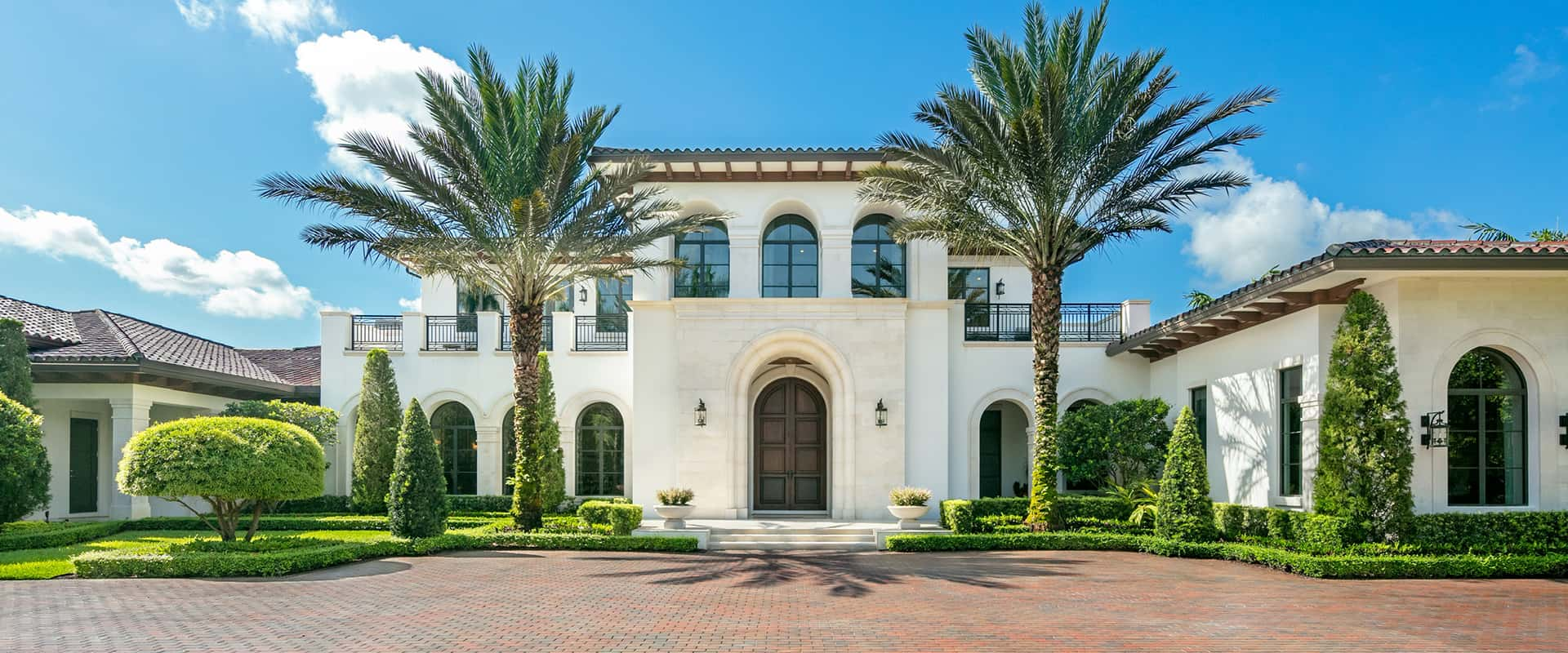Our NewsLearn What's Going On at Thomas Homes
7 Mistakes to Avoid When Building a New Home
Building a new home is exciting. Although that excitement acts as an excellent motivator, it also causes you to overlook potential flaws. Before you let your excitement run away with you, you need to avoid making certain mistakes!
Read on to learn all about 7 mistakes you should be aware of — and how to avoid the pitfalls.
1. Poor space planning
You have a limited amount of space to work with and you need to allocate it wisely. When looking at your available space, consider whether your plans are functional in the long-term.
For example, when you have an area that’s adjacent to your bedroom, is it wise to use it as a walk-in closet? Or, would you get more benefits from creating a master bathroom instead? For every decision you make, consider what delivers the most benefits.
2. A lack of natural lighting
Expansive windows make rooms look larger and they have a positive impact on your mental health. When looking at the number of windows your designs feature, consider whether there’s enough natural lighting. Making natural light the main source of light also saves on your energy bills, both in terms of lighting and heating.
3. HVAC systems that promote mold
Your HVAC system is an essential, but that doesn’t mean you should rush its placement. Adding yours to certain areas is more likely to cause mold and can result in expensive maintenance bills in the future.
Before deciding where your HVAC system should go, consult with a professional who can tell you where it will deliver the most benefits. Make sure you strike the right balance between preventing mold and keeping your property cool.
4. Bedroom locations
Your bedroom should act as a peaceful haven where you can escape the world at the end of the day. If you place yours above an area such as the kitchen, it may feel noisy and disruptive. Or, if it’s above a garage, it might become difficult to heat.
When deciding on your bedroom location, consider the noises, smells, and temperatures that will filter through to it. Other factors to consider may include the direction it faces and its proximity to everyone else’s bedrooms.
5. Awkward laundry room placements
Managing a busy household often means tackling pile upon pile of laundry. There’s no right or wrong answer when it comes to laundry room placement. However, you should sit down and think about what works best for you.
While some people prefer to have theirs close to the kitchen, a few believe it’s better upstairs and near to their bedrooms. Whatever you decide, make sure it’s a choice of convenience.
6. Adding in unused rooms
One of the most exciting elements of creating your own home is adding features you may not find elsewhere. When adding rooms such as gyms, home cinemas, and offices, make sure you consider how often you’ll use them.
Really think about whether a room is more likely to become a dumping ground for junk and laundry rather than serving their intended purpose. If so, consider creating a guest room or another functional space instead. Alternatively, you can create specialist rooms, but ensure they’re flexible enough to be used for something else.
7. Allowing others to make big decisions
Everyone will have an opinion when it comes to your home’s design. But unless they’re living there permanently, they shouldn’t have a say.
Always remember that just because something may or may not work for someone, that doesn’t mean it’s the case for you. Consider what friends and relatives have to say. But make sure your long-term comfort is prioritized.
Overall, make sure that no decision is a rushed one and seek professional advice wherever you can. A home that’s well-planned is a home that will serve your needs for many years to come.
